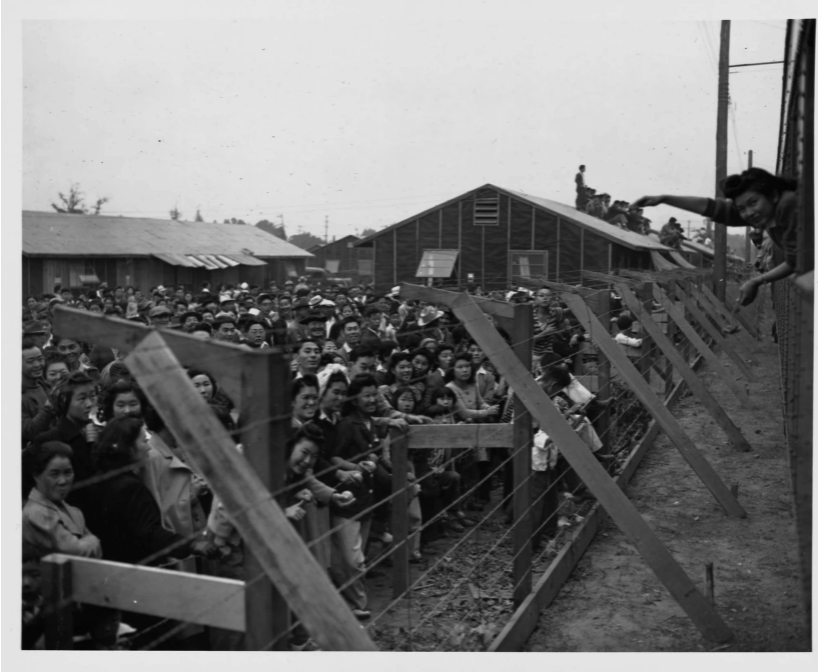Asian American and Pacific Islander (AAPI) Heritage Month began on May 1st and will end on May 31st, 2021. With the COVID-19 pandemic, we have seen a rise in hate crimes against Asian Americans over the past year. As students process these hate crimes, harmful or insensitive comments may have made its way into your classroom. Likewise, your students may have posted #STOPASIANHATE on their social media, on your classroom discussion boards, or brought up the hashtag in conversations with their peers to show that they stand in solidarity with this movement. How did you handle these exchanges in your classroom? Read on for tips on how to not only integrate AAPI History Month into your curriculum, but how to also help your students 1) dig deep into AAPI history, 2) navigate the current social climate, and 3) inspire students’ future actions.

Within the span of the last two decades, Critical Race Theory (CRT) has found its way into our teaching toolkits. CRT challenges us to see that racial injustice in America is not just a problem of isolated instances of bias and prejudice. Instead, it is a pattern of injustice that needs to be examined closely today. NexGen News is here to support you with applying Critical Race Theory in your classroom by engaging students with past events that have shown injustices against the AAPI community, and help your students find patterns or make connections with current events. Reflecting on these patterns and connections will help motivate students’ actions tomorrow.
Dig Deep into the Past:
To engage students with AAPI Heritage Month, provide authentic learning opportunities for them to research and examine major events that have affected the AAPI community. Provide students the opportunity to explore and read about the Chinese Exclusion Act (1882), Alien Land Act (1913), Japanese Internment (1942) or the Delano Grape Strike (1960). For leveled informational texts on these topics check out Britannica Kids and Students and/or PBS. If you would like to dig deeper into other historical events that have affected the AAPI community check out Time Magazine’s article, “11 Moments From Asian American History That You Should Know”.
Furthermore, provide opportunities for students to examine realistic and fictional narrative accounts to help them explore different perspectives on past events. Check out the following list of novels for Grades 9-12, Grades 6-8, and Grades K-5. These novels focus on Chinese immigration during the Exclusion Era, narrative histories about the construction of the continental railroad, and spotlight a plethora of characters that express their feelings of alienation in American society. Beginning your curriculum with the past will strengthen students’ understanding and provide students tools to think about what is happening today.
Don’t Ignore the Present:
Don’t shy away from uncomfortable conversations or topics with your students. If students have questions about what they are seeing in the media, provide a structured discussion. Try opening up discussions about racism, hate crimes, and cultural insensitivity by using an Image Set to help students communicate their noticings and wonderings around such complex topics.
View our AAPI Heritage Month: Image Set with your students and use the following discussion questions as a starting point:
- What’s going on in this picture?
- What do you see that makes you say…?
- What more can we find?
These questions are from Visual Thinking Strategies (VTS). VTS is a facilitation method and professional development program that fosters collaborative, inclusive, and community-building dialogue.

Furthermore, don’t let students’ inexperience with racial discussions keep them from sharing their thoughts and questions. If students are unable to find the words to express how they feel, show students examples of present day interviews and news coverage regarding hate crimes, racial issues, and allyship. Exposing students to interviews will help them see models of citizens speaking about racism and prejudice openly and hopefully inspire their voice. View the following interviews for Grades 9-12, Grades 6-8, and Grade 3-5 with your students, and ask them, “Do you agree or disagree with what was said? Why?”
Inspire the Future:
Once students have explored the past and present, have students think about what they will do with their new learning. Ask students the following questions to guide their thinking:
- How do you think your AAPI peers are feeling at this time?
- How can you be more aware of their feelings and situation?
- What can you do to be an ally?
Set students up to be an ally and encourage students to continue to make a concerted effort to better understand the struggle of another’s circumstances. Show students that their actions are powerful and encourage them to come to you with questions of what they see in the media centered around racism, prejudice, and hate crimes. Make it a habit for your students to want to research their questions and search for their answers in authentic ways. For example, encourage students to seek answers by interviewing peers or local citizens in their neighborhood that are a part of the AAPI community to learn more about the experiences of others. Lastly, create community circles in the classroom where race and questions about race can be discussed with respect and understanding. Make students feel safe, heard, and empowered to navigate these situations and topics.
For an example on how to integrate these tips into a lesson, take a look at our NexGen News lesson “Stop Asian Hate”. In this lesson, students will be able to research Japanese Internment camps and the current rise of hate crimes against the Asian American Pacific Islander (AAPI) community using multimedia sources to write a haiku that expresses their feelings towards and/or support of the AAPI community. This lesson is differentiated for grades 3-5 and 6-8 and will teach students to dig deep into the past, not ignore the present, and inspire their future actions.
Written by NexGen News staff member, Brittany Acevedo


